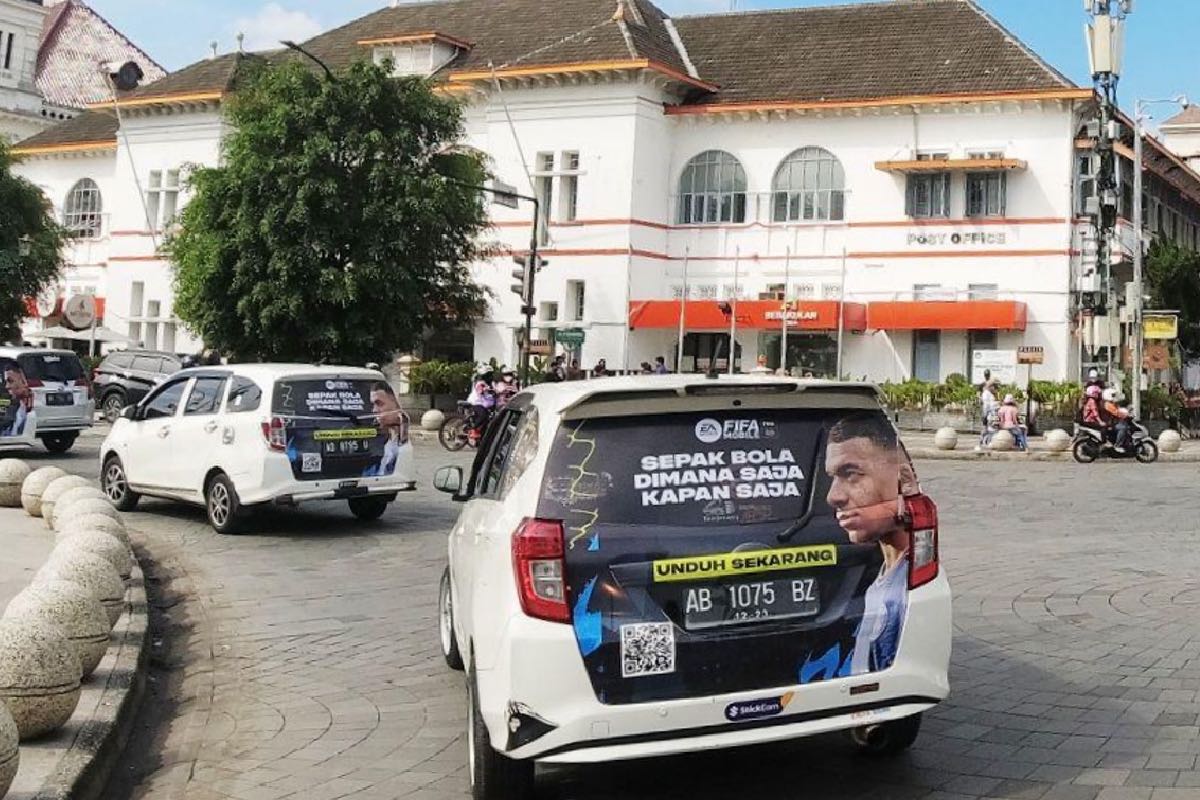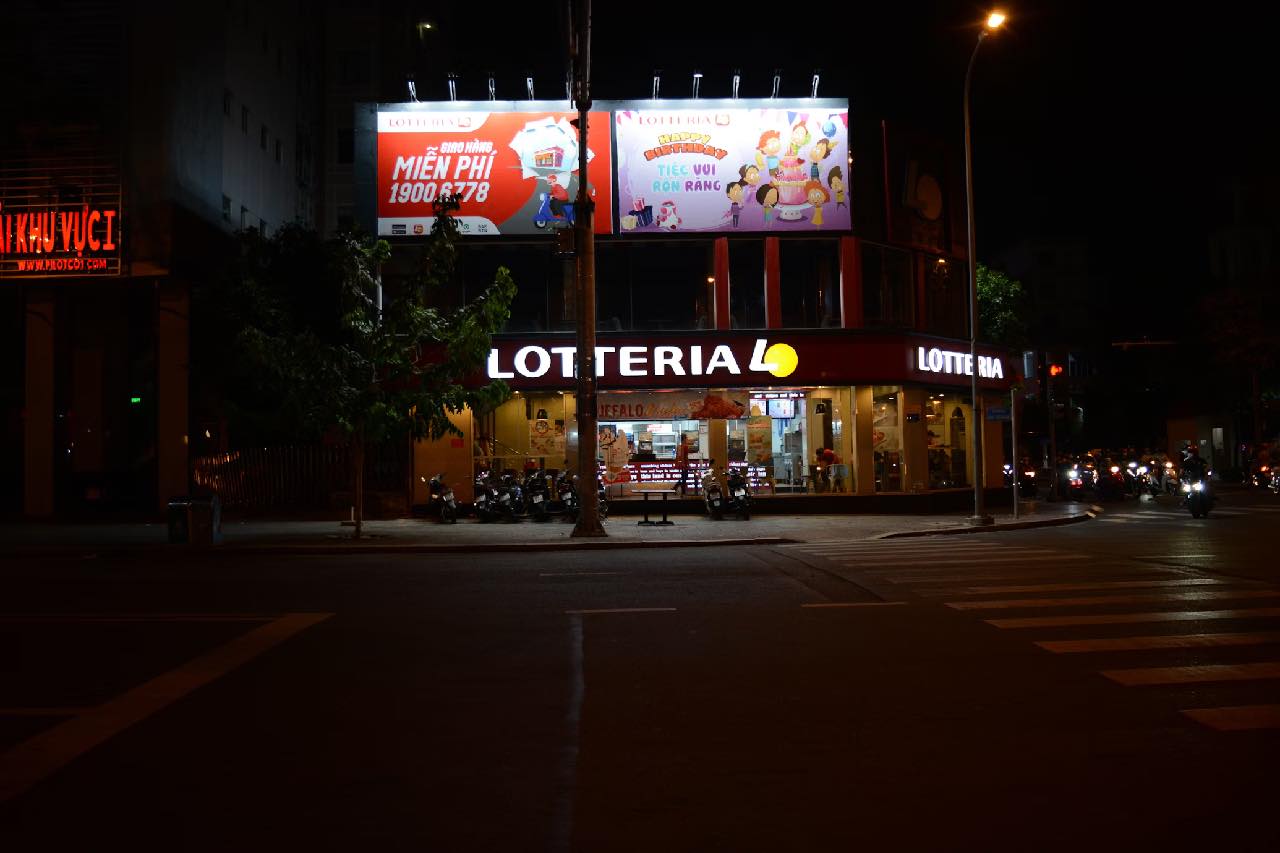
Thursday, 29 May 2025

As the economic heart of Indonesia, Jakarta has evolved into one of the most competitive out-of-home (OOH) advertising markets in Southeast Asia. For many brands, visibility in Jakarta’s public spaces is not just about local relevance, but also a strategic move for regional presence. However, market saturation, pricing variability, and media fragmentation make it a complex battlefield requiring sharp strategies and deep local insight.
Jakarta hosts thousands of OOH assets scattered across major thoroughfares, residential zones, business districts, and retail centers. These include traditional billboards, digital LEDs, transit media, street furniture, and mobile formats such as branded motorcycles and vehicles.
While the abundance offers variety, it also poses a challenge. Prime locations are often booked in advance by large brands or media agencies, creating a hyper-competitive environment. Brands must plan early and bid aggressively to secure high-visibility spots.
OOH media pricing in Jakarta depends on several factors: location, size, format, duration, and traffic volume. A digital LED in the Sudirman business district may cost hundreds of millions of rupiah per month depending on its exposure rate and exclusivity.
Further complicating the pricing structure is the impact of campaign seasonality, event calendars, and even political activity. Smart advertisers need to understand these dynamics to plan budget allocations efficiently without sacrificing impact.
Jakarta’s diverse urban movement patterns create fragmented OOH touchpoints. From expressway commuters to MRT riders, from pedestrians in SCBD to shoppers in South Jakarta malls, each audience group interacts with different media.
This means an OOH strategy in Jakarta must be multi-layered. Brands are encouraged to mix static and digital, transit and roadside, to reach fragmented audience groups. Integration with mobile, digital retargeting, and offline events adds another dimension to successful campaigns.
Jakarta’s infamous traffic congestion, often viewed as a problem, becomes a unique opportunity in OOH. Longer commute times mean more prolonged exposure to roadside advertisements, increasing recall and engagement.
Hotspots like Semanggi, Pancoran, and Slipi are considered premium zones due to prolonged dwell time. Creative visual storytelling becomes essential here, as the objective is not just visibility but memorability.
Jakarta’s regional government routinely revises regulations governing OOH media. These include zoning restrictions, permit issuance, and adaptation to digital technology changes. Such updates directly impact inventory availability and distribution patterns.
To stay competitive, agencies and brands must keep up with these regulatory shifts, maintain local partnerships, and build strong compliance frameworks.
Jakarta’s OOH market holds massive potential but comes with layers of complexity. Success requires more than budget it demands data-driven decisions, creative execution, and strong local partnerships. For brands aiming to expand their reach across the region, mastering Jakarta is not an option. It’s a strategic necessity.
Curious how your brand can stand out in Jakarta’s OOH landscape? Contact us for a tailored strategy consultation.

Lestari Ads Agency - PT Lestari Dev Solusindo
Lestari Ads is a leading out-of-home media company with the largest network in Indonesia. We believe the world is a canvas. Every advertisement is an opportunity to inspire, engage, and transform public spaces. We continuously push boundaries in Out-Of-Home (OOH) advertising, changing the way brands interact with audiences beyond the digital screen, bringing stories to life where people live, move, and connect.
The most trusted OOH advertising agency in Indonesia
Experience the top of visibility with Indonesia's leading out-of-home (OOH) advertising agency. We specialize in turning the urban landscape into a dynamic canvas for your brand, crafting compelling narratives that capture the imagination of millions. Our mastery over strategic placements and innovative formats ensures your message not only reaches, but resonates with a diverse and expansive audience. With a proven track record of delivering high-impact campaigns across Indonesia's bustling cities and beyond, we redefine what's possible in OOH advertising.
Find the best quality billboard advertising space with variety of size and dimension
out-of-home advertising, digital billboards, traditional billboards, transit advertising, street furniture advertising, outdoor signage, digital ooh, led billboards, static billboards, large format advertising, advertising displays, ooh media, advertising billboards, outdoor digital screens, urban advertising, roadside billboards, digital signage, retail advertising, poster advertising, mobile billboard advertising, digital transit ads, interactive ooh, airport advertising, mall advertising, cinema advertising, sports venue advertising, digital outdoor advertising, public transportation ads, taxi advertising, bus shelter ads, pedestrian advertising, advertising kiosks, outdoor media solutions, billboard marketing, ooh advertising strategies, ooh media planning, digital billboard solutions, smart billboard advertising, contextual ooh ads, geotargeted ooh ads, location-based ooh, smart outdoor ads, programmatic ooh, data-driven ooh, brand awareness billboards, large-scale ooh campaigns, outdoor advertising effectiveness, billboard design, high-traffic billboard locations, hyperlocal ooh, street-level ooh, public transit advertising, ooh campaign management, outdoor digital displays, media buyers ooh, roadside digital ads, metro station advertising, shopping center ads, ooh advertising trends, outdoor media buying, bus wrap advertising, illuminated billboards, building wrap advertising, branded outdoor advertising, billboard networks, freeway advertising, expressway billboards, train station advertising, out-of-home advertising campaigns, event-based ooh ads, ooh media buying strategies, proximity-based ooh, national ooh campaigns, city-wide ooh advertising, large-scale outdoor campaigns, integrated ooh solutions, ooh digital networks, smart city advertising, mobile billboard solutions, dynamic outdoor ads, highway billboard advertising, ooh media optimization, digital out-of-home screens, high-impact ooh ads, retail digital signage, interactive billboard advertising, regional ooh advertising, local outdoor advertising, consumer engagement ooh, brand visibility outdoor ads, targeted billboard advertising, digital advertising screens, urban billboard advertising, weather-triggered ooh ads, motion sensor billboards, flexible ooh solutions, sustainable outdoor advertising, renewable energy billboards, solar-powered billboards, ooh for small businesses, outdoor brand activations.
Frequently Ask Questions
About Us

